Fay Taylour, ‘The World’s Wonder Girl’ – A Life at Speed
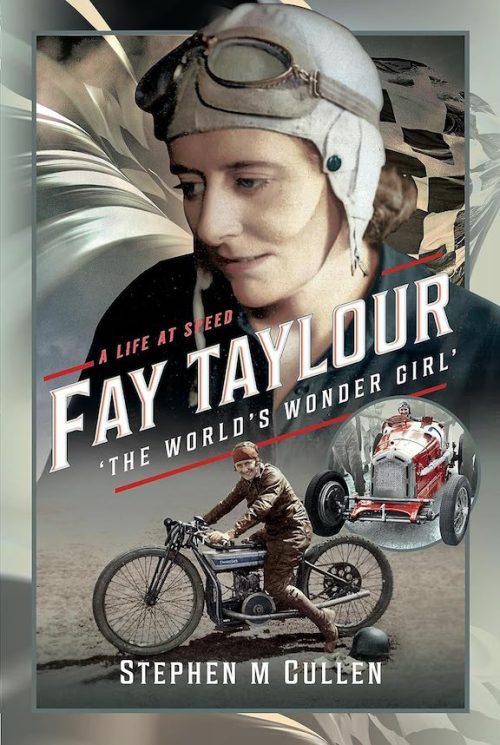 by Stephen M. Cullen
by Stephen M. Cullen
All too frequently biographies about sporting personalities focus nearly exclusively on those activities in the subject’s life. But we all recognize even motorsports stars have other facets. Happily this book about, and so titled, Fay Taylour, is a “proper” biography. That’s to the good for as worthy of respect as her motoring achievements were, gaining awareness of other aspects of her life makes for richer reading.
The previously reviewed Speed Queens had painted a less than approving picture of Helen Frances “Flying Fay” Taylour (1904–1983). As an example, Speed Queens’ author wrote that Taylour manipulated the motoring press—unflattering to press and Taylour alike. By contrast, her biographer, Stephen M. Cullen, describes Taylour as a skilled communicator and spends paragraphs amounting to pages describing Taylour’s easy and accommodating relationship with the media in every country where she raced or simply visited.
Fay Taylour was born in Ireland in 1904, the middle of three sisters. Their father, very much a man’s man and a career officer in the Royal Irish Navy, enjoyed hunting, sailing, and taught his middle daughter to shoot. Mom was every inch the lady making certain her girls learned those skills. Upon graduating from college Fay moved to England where, a few years on she took “the first steps towards becoming a motorsports star” with the purchase of her first motorcycle.
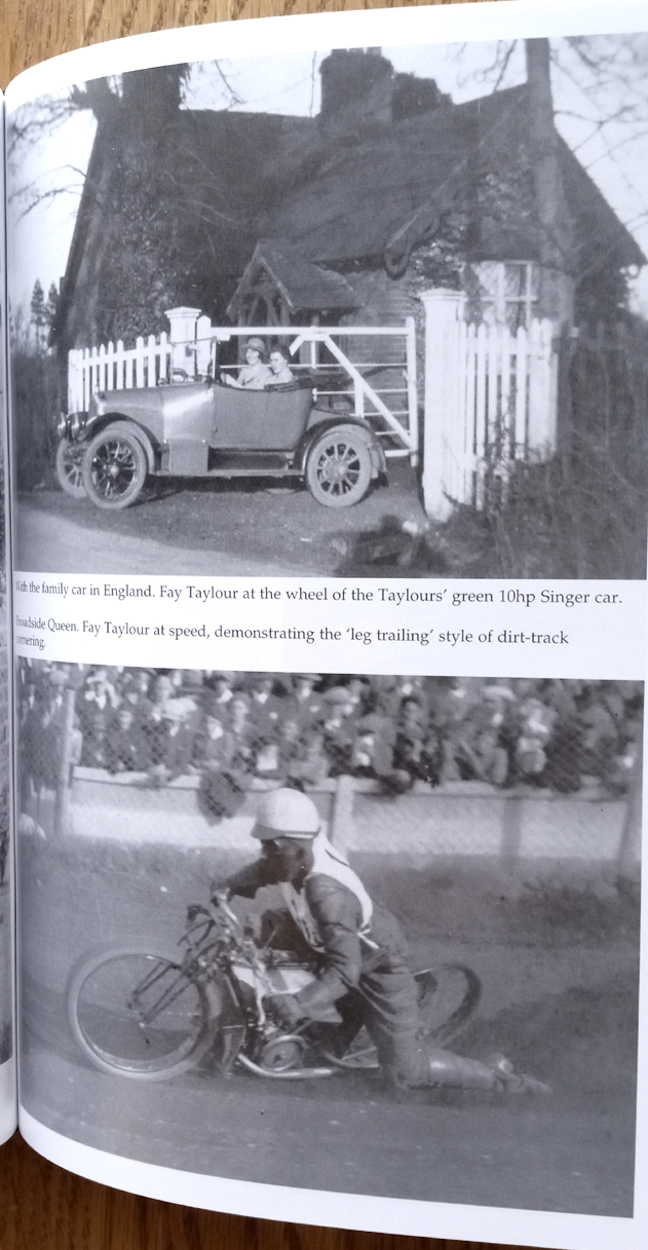
Bottom image of Fay at speed shows better than words can describe the “leg trailing” style she used especially on dirt tracks. No surprise the toe of her left boot was encased in steel. Image above is a younger Fay driving the Taylour family 10 hp Singer.
That first bike was rather quickly replaced with “a peppier one.” By chance she took that bike, an AJS, to a repair shop run by a racer who watched her ride and recommended she enter a competition called the Southern Scott Scramble in Surrey which she did. Triumphantly she won the special Venus Trophy and the 350-Class Cup.
As time passed with her skills ever increasing, Taylour found she preferred the challenges presented by what was called Speedway or dirt-track racing. She quickly adopted the trailing leg style—requiring strength physically as well as mentally. She excelled and as proof, in November 1928 she and her two bikes were aboard a ship headed for Australia and New Zealand. She raced there for two seasons earning more accolades and trophies.
The lady was a winner on the track having “twice shown she was a world-class competitor in this difficult and dangerous sport.” Off the track she made friends everywhere thus had a full and active social life of dinners, dances, and the like. June 1930 she was headed home but little did she know that while on the high seas British race promoters were banning women from participating in speedway racing.
As any racer knows winning races and purses doesn’t necessarily translate to obtaining wealth—especially when running your own equipment which must be maintained, transported, fueled, tuned, etc. With the “enforced” end of her speedway career in the UK, Taylour caught a ship to India to visit a school chum.
Once back in UK she would eventually make her way back to racing but now vehicles with four wheels instead of two and always in the cockpits of borrowed machinery.
As alluded to at the outset, racing was but one facet of Fay Taylour. She was a thinking woman and one who acted on her beliefs. As the world grew ever nearer that eruption of World War II, Fay, very much a pacifist, acted on those beliefs hoping to be able to do her part helping the world avoid conflict. The half-dozen chapters covering those years in her life—well documented as bibliography and chapter end notes attest—make fascinating reading, which is true of the entire book. Details in these chapters may take some readers by surprise.
Post-war a chance encounter at the London Motor Show seemed to offer possibilities for Fay to restart her motoring career. She was offered a position selling sportscars in the US. Little could she know as she sailed for America that her first sale would be to Clark Gable! Attracted to area race tracks, Taylour, “now in her mid-forties, still possessed the nerve and skill, and still thrilled to the experience” offered by racing midget cars saying “I’m happy on the dirt tracks.”
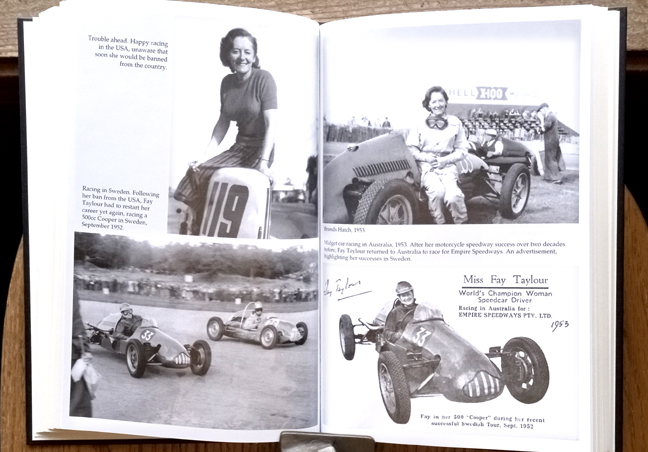
Top left, a publicity shot taken in the US. Beneath is Fay racing a 500 cc Cooper in Sweden, September 1955. Across the page, the same image is used to advertise Fay’s return to Australia the following year. Above right, a shot taken October 1953 at Brands Hatch in the F3 car she raced there.
Before finally hanging up her helmet as 1956 drew to a close, she would pilot cars in a variety of competitions in many lands. Along with having detailed Fay’s life during the war, so too does Cullen describe in detail the years after Fay’s racing career ended. Readers meet the men in her life as well as many of her friends and associates.
“In July, 1982, Taylour was a guest . . . on a BBC Radio 4 programme. [She] came across as lively and bright, and sounded younger than her seventy-eight years. . . . [When] asked about her motivation, [she] revealingly said that if someone said to her, ‘you can’t do that’, then she would make every effort to prove them wrong.”
And that would hold true for Fay Taylour in all facets and phases of her life; personal, political, and sporting as detailed in this terrific read.
Copyright 2024 Helen V Hutchings, SAH (speedreaders.info)


 RSS Feed - Comments
RSS Feed - Comments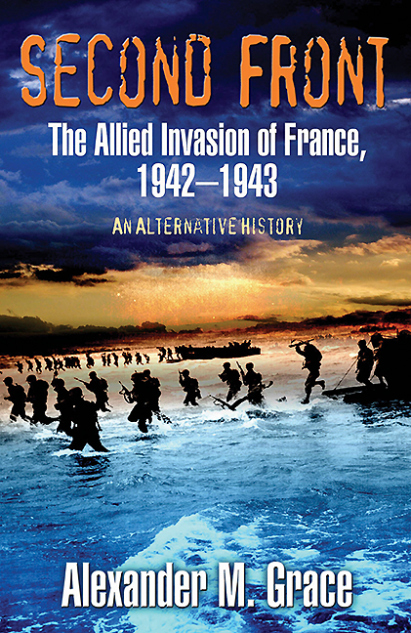

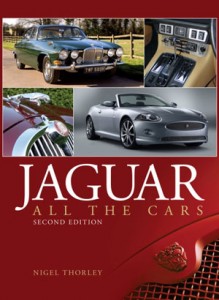
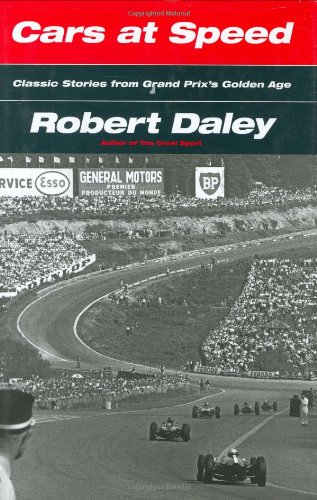

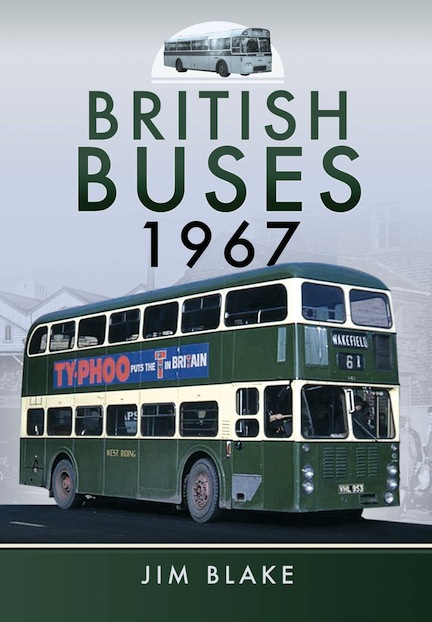
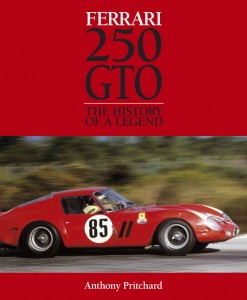
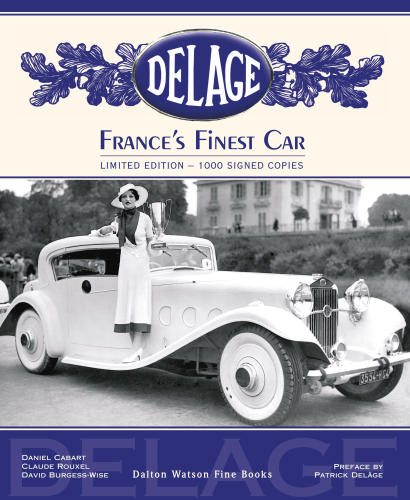
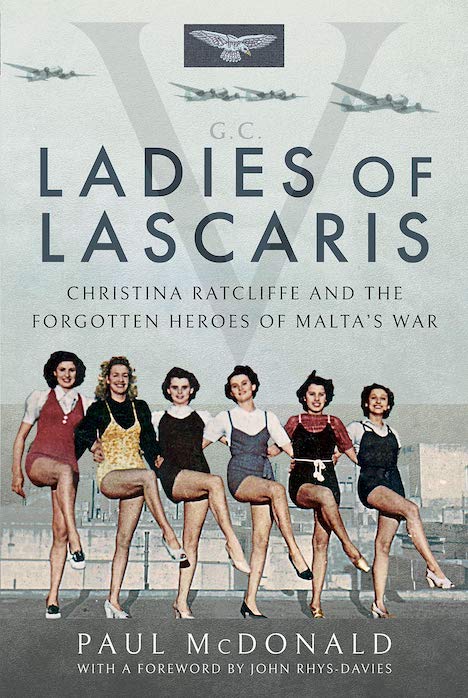
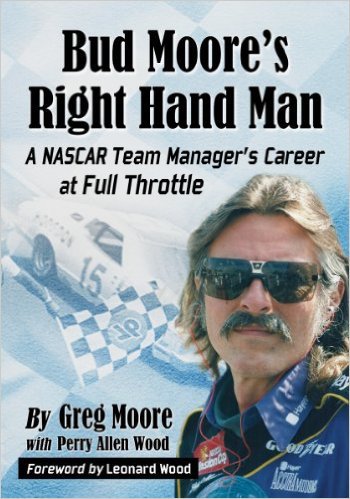
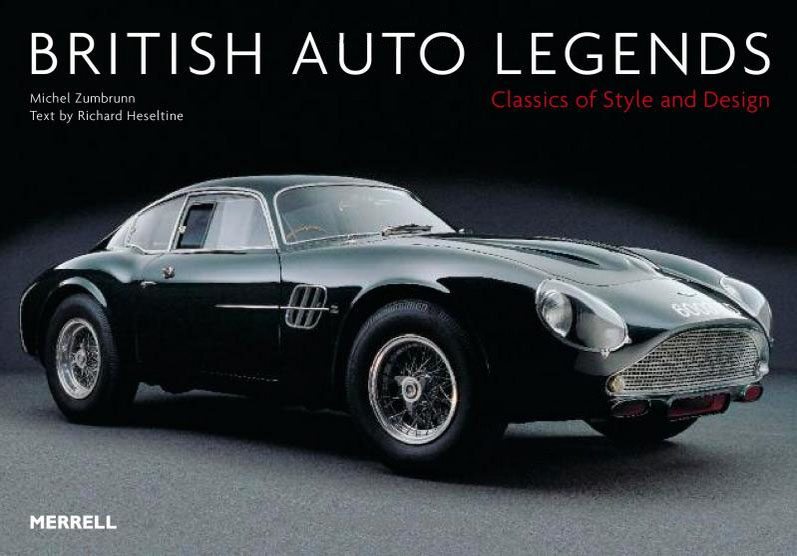

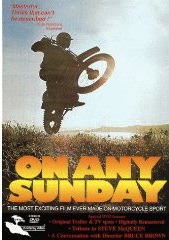
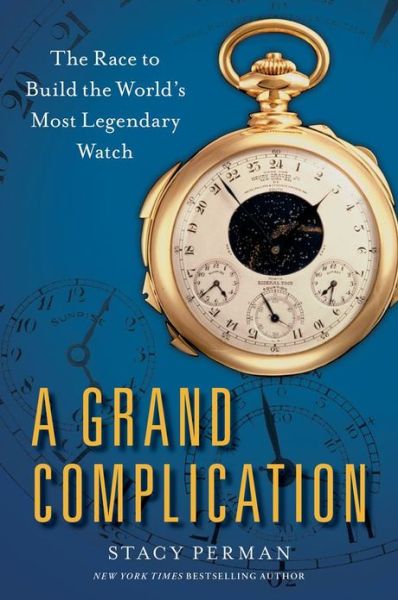
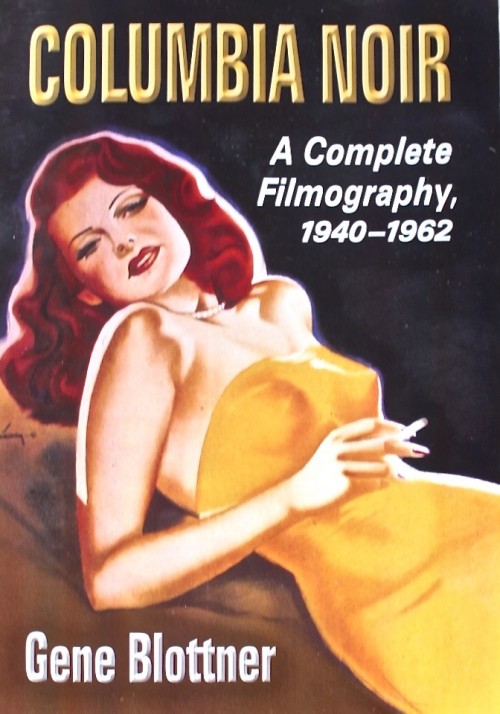
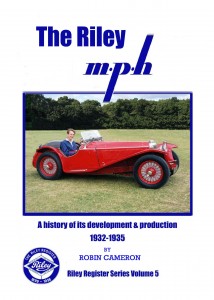
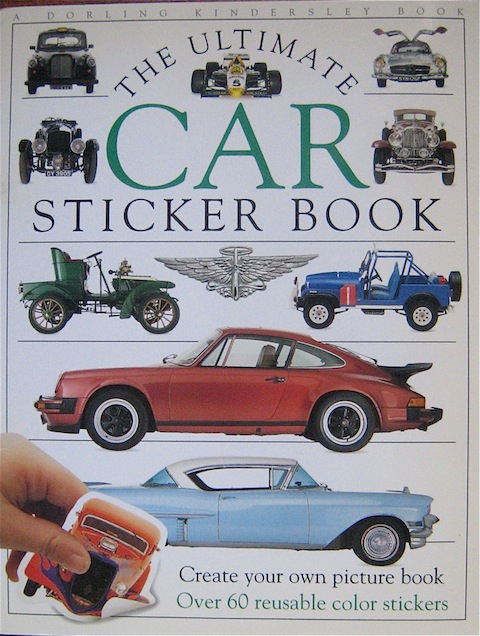

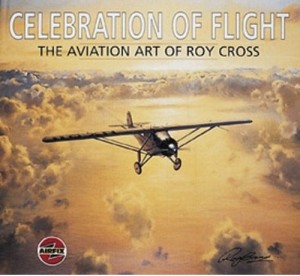

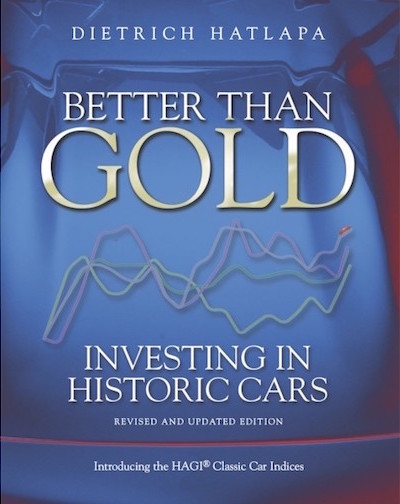

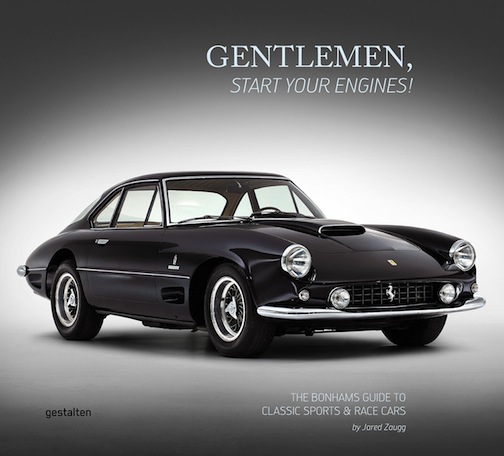
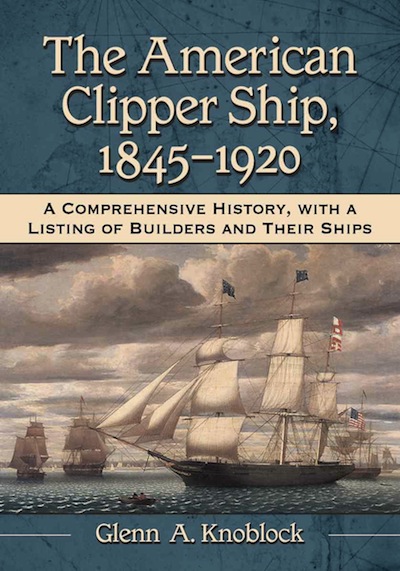
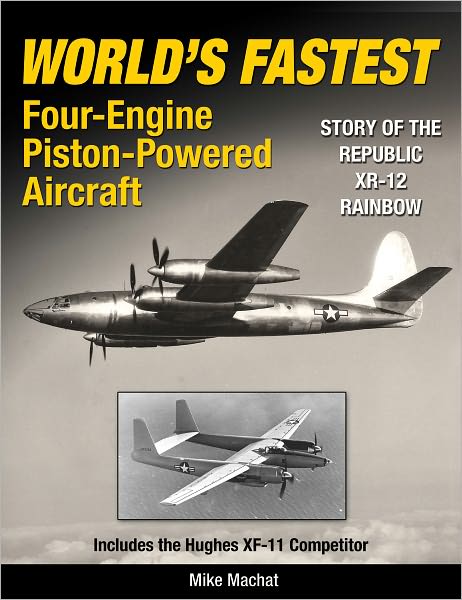
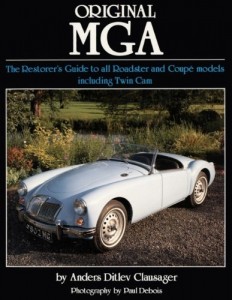

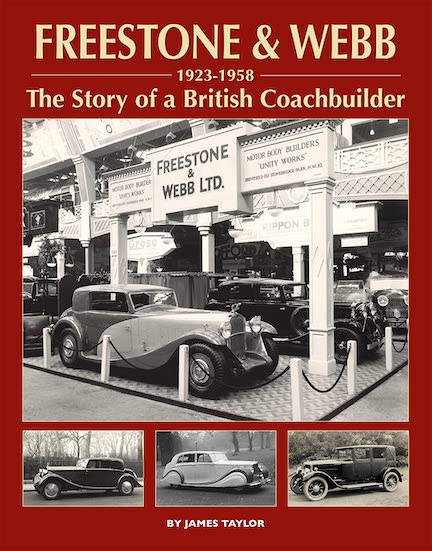


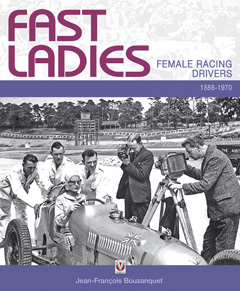

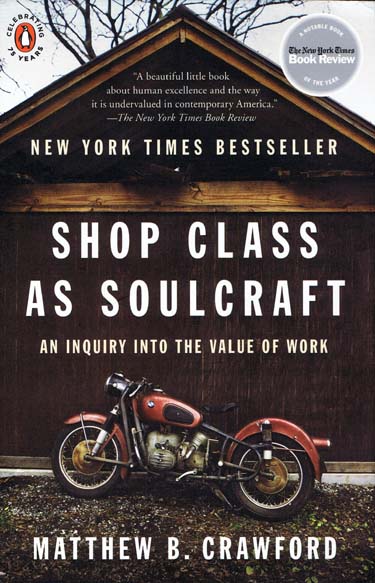
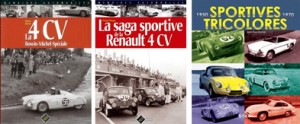
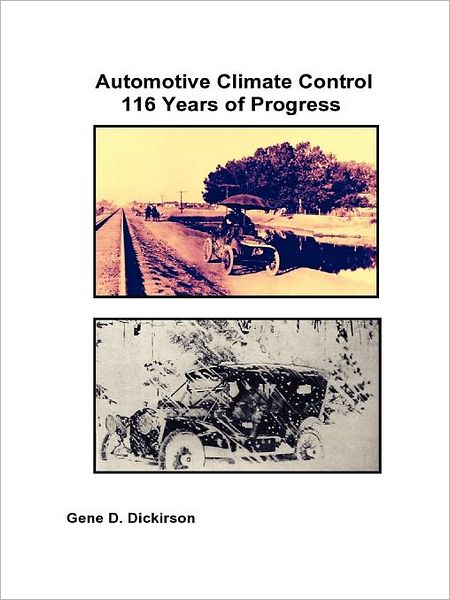
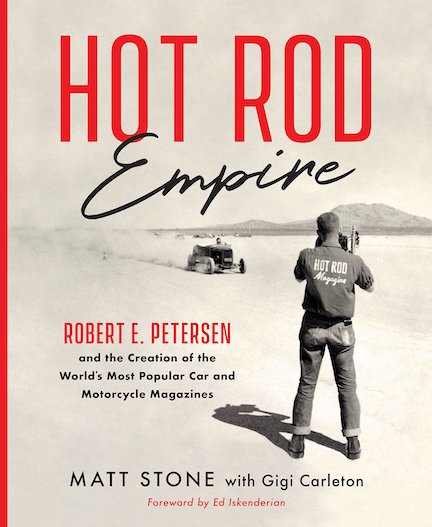
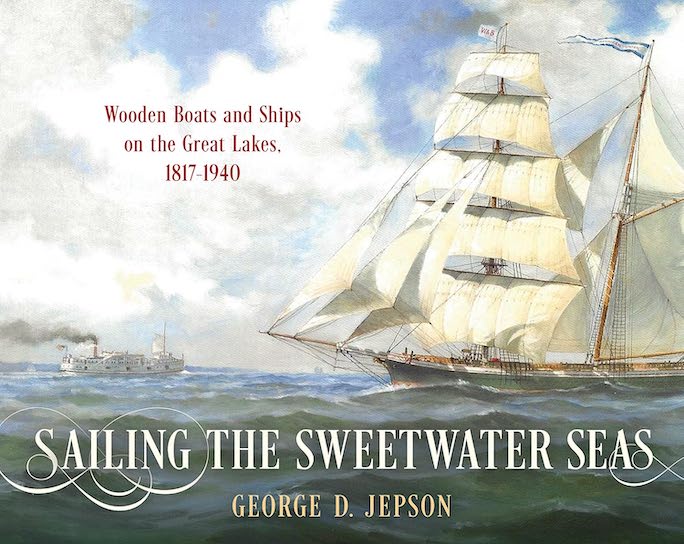
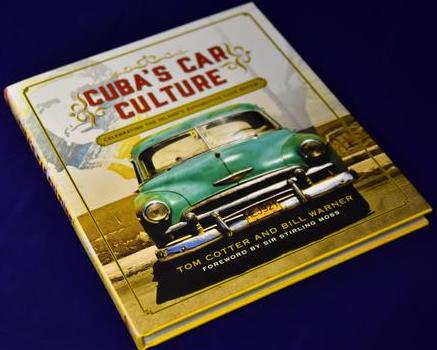

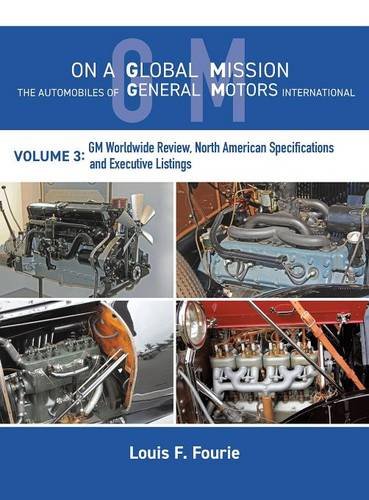
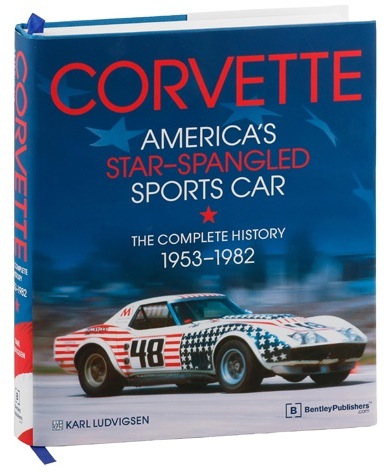
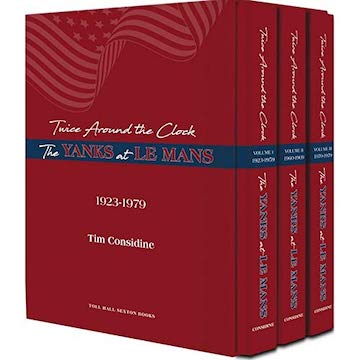
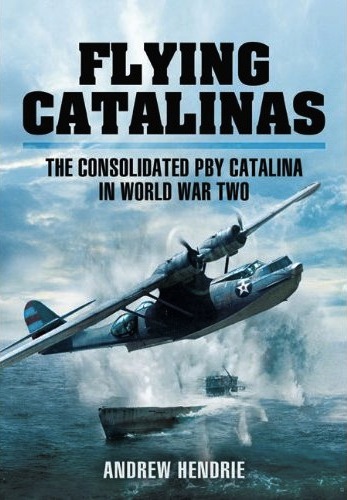

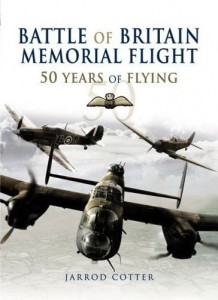
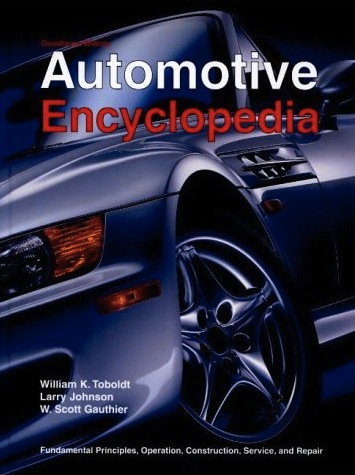
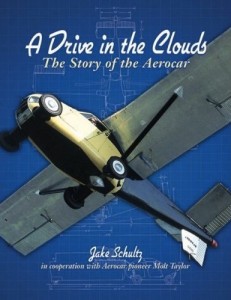
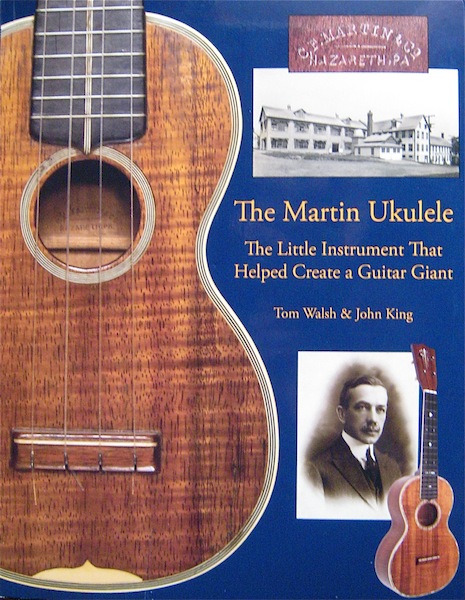
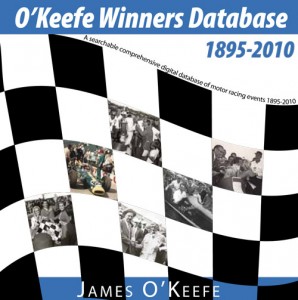
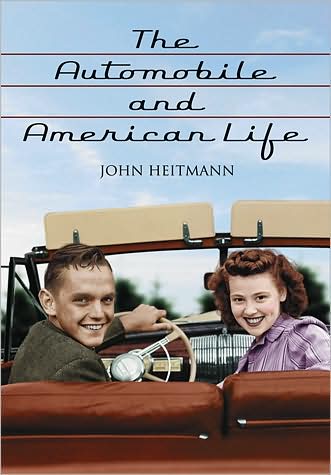
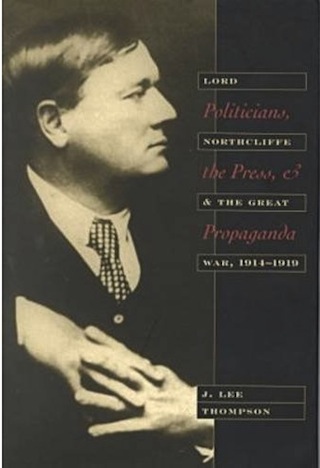
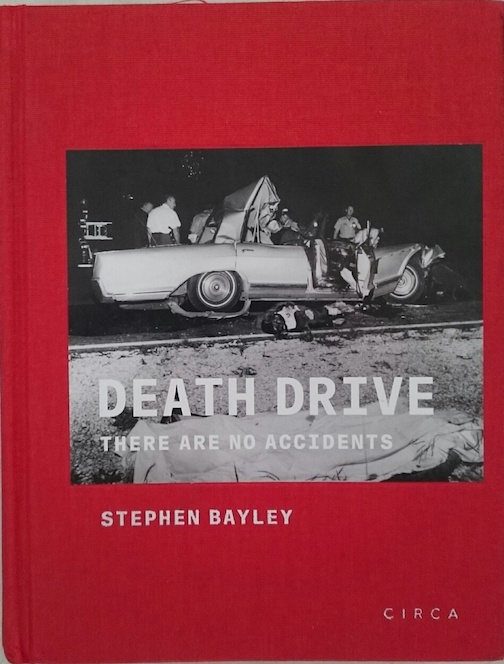
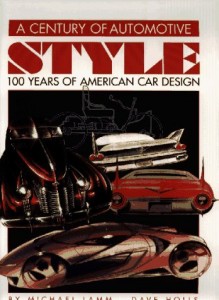
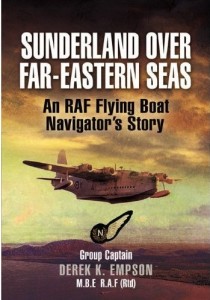

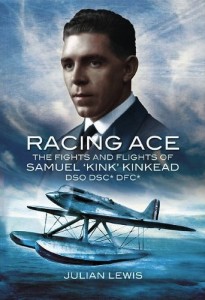
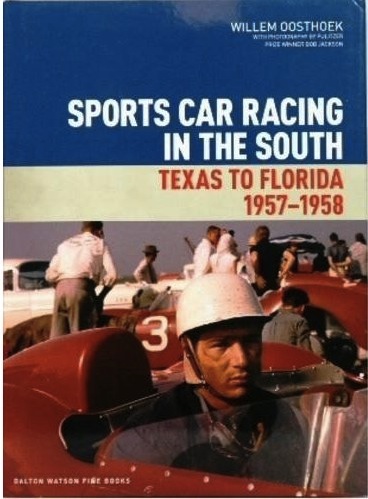
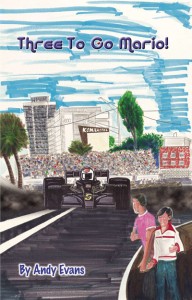
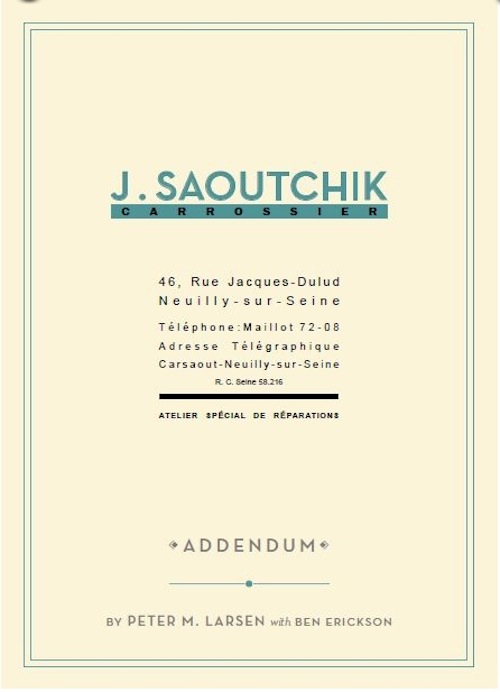
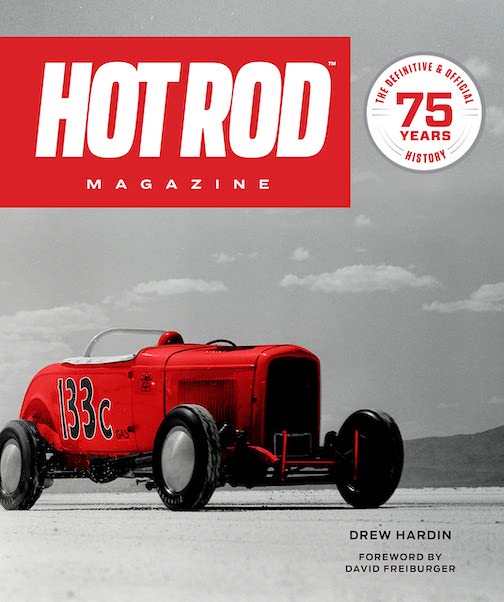
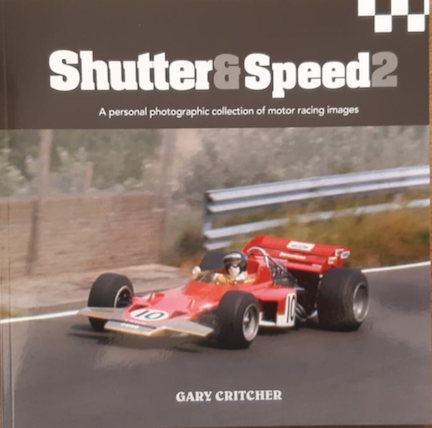
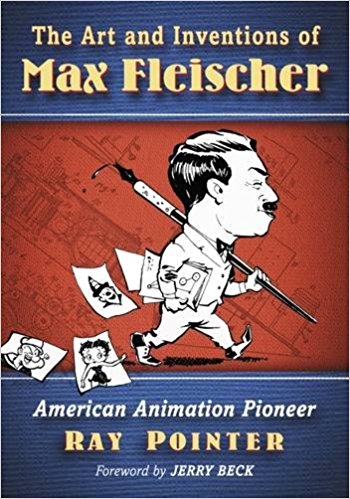

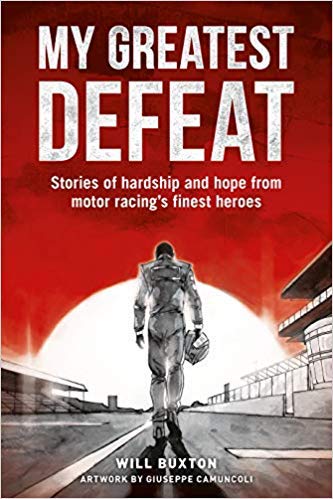
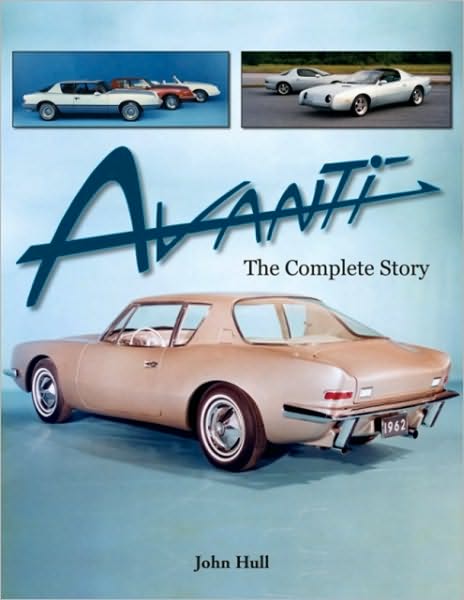
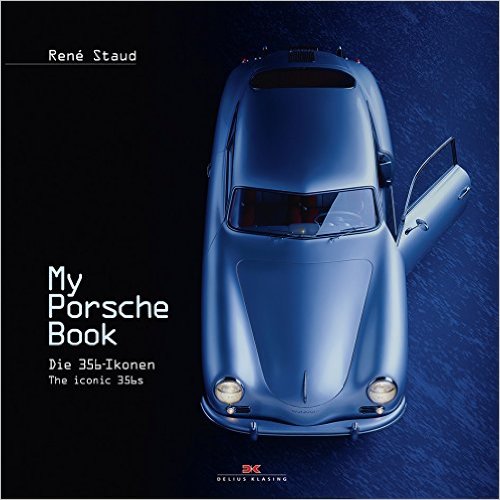
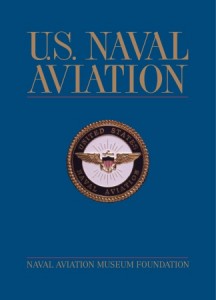
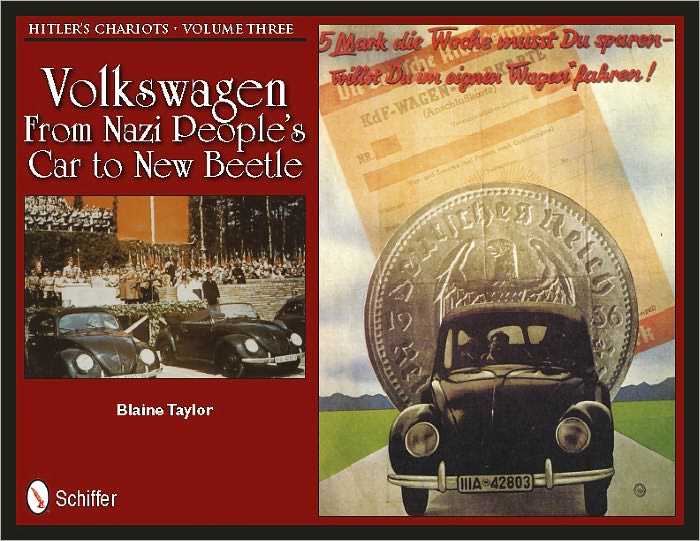
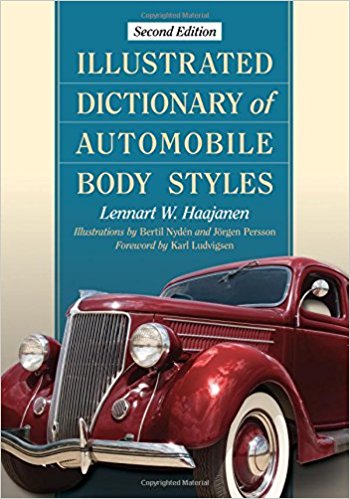
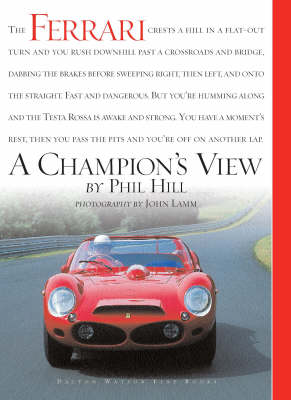

 Phone / Mail / Email
Phone / Mail / Email RSS Feed
RSS Feed Facebook
Facebook Twitter
Twitter